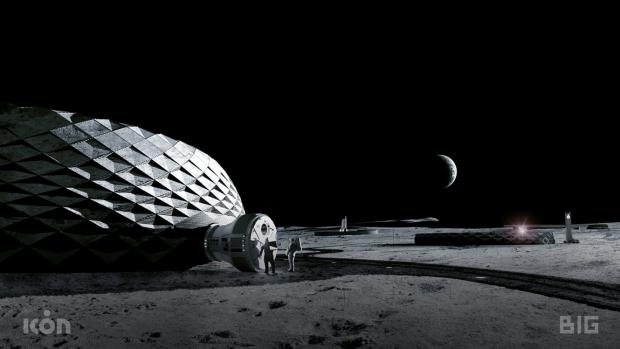
Breaking News
 Audio + English transcript from the closed-door July 9, 2025 court hearing in the case against...
Audio + English transcript from the closed-door July 9, 2025 court hearing in the case against...
 Trump: Obama started this WHOLE thing! (6 mins on it from the Maria B interview)
Trump: Obama started this WHOLE thing! (6 mins on it from the Maria B interview)
 Provoked: How Washington Started the New Cold War with Russia and the Catastrophe in Ukraine
Provoked: How Washington Started the New Cold War with Russia and the Catastrophe in Ukraine
 US Politics Is Just Nonstop Fake Revolutions Now
US Politics Is Just Nonstop Fake Revolutions Now
Top Tech News
 3D Printed Aluminum Alloy Sets Strength Record on Path to Lighter Aircraft Systems
3D Printed Aluminum Alloy Sets Strength Record on Path to Lighter Aircraft Systems
 Big Brother just got an upgrade.
Big Brother just got an upgrade.
SEMI-NEWS/SEMI-SATIRE: October 12, 2025 Edition
 Stem Cell Breakthrough for People with Parkinson's
Stem Cell Breakthrough for People with Parkinson's
 Linux Will Work For You. Time to Dump Windows 10. And Don't Bother with Windows 11
Linux Will Work For You. Time to Dump Windows 10. And Don't Bother with Windows 11
 XAI Using $18 Billion to Get 300,000 More Nvidia B200 Chips
XAI Using $18 Billion to Get 300,000 More Nvidia B200 Chips
 Immortal Monkeys? Not Quite, But Scientists Just Reversed Aging With 'Super' Stem Cells
Immortal Monkeys? Not Quite, But Scientists Just Reversed Aging With 'Super' Stem Cells
 ICE To Buy Tool That Tracks Locations Of Hundreds Of Millions Of Phones Every Day
ICE To Buy Tool That Tracks Locations Of Hundreds Of Millions Of Phones Every Day
 Yixiang 16kWh Battery For $1,920!? New Design!
Yixiang 16kWh Battery For $1,920!? New Design!
 Find a COMPATIBLE Linux Computer for $200+: Roadmap to Linux. Part 1
Find a COMPATIBLE Linux Computer for $200+: Roadmap to Linux. Part 1
BIG shoots for the Moon with 3D-printed lunar habitat plan

It involves the development of 3D-printed Moon habitats that could be used to support the human exploration of Earth's satellite.
Project Olympus is a collaboration between BIG and 3D printing technology firm Icon (which BIG recently announced it had made an investment in), as well as SEArch+ and NASA's Marshall Space Center. It also builds on BIG's Mars Science City efforts. It's too early yet for finer details on how the habitats would function, though BIG does provide some futuristic renders depicting protective donut-like shelters to whet our appetites.
"NASA has signaled that, through the Artemis program, the Moon will be the first off-Earth site for sustainable surface exploration," explains BIG's press release. "BIG has partnered with Icon to begin designing Project Olympus, a sustainable lunar habitat that will be the first human foray into extra-terrestrial construction with robust structures that provide better thermal, radiation, and micrometeorite protection than metal or inflatable habitats can offer. From landing pads to habitats, these collective efforts together with NASA and Search+ are driven by the need to make humanity a spacefaring civilization."
Project Olympus will use "lunar soil simulant" to produce prototype habitats on Earth that could be suitable to allow humans to live on the moon
BIG
The team will make use of "lunar soil simulant" to develop its habitats on Earth with 3D-printing and robotic tech. You could think of the whole process as similar to a more ambitious version of WASP's 3D-printed mud hut.




